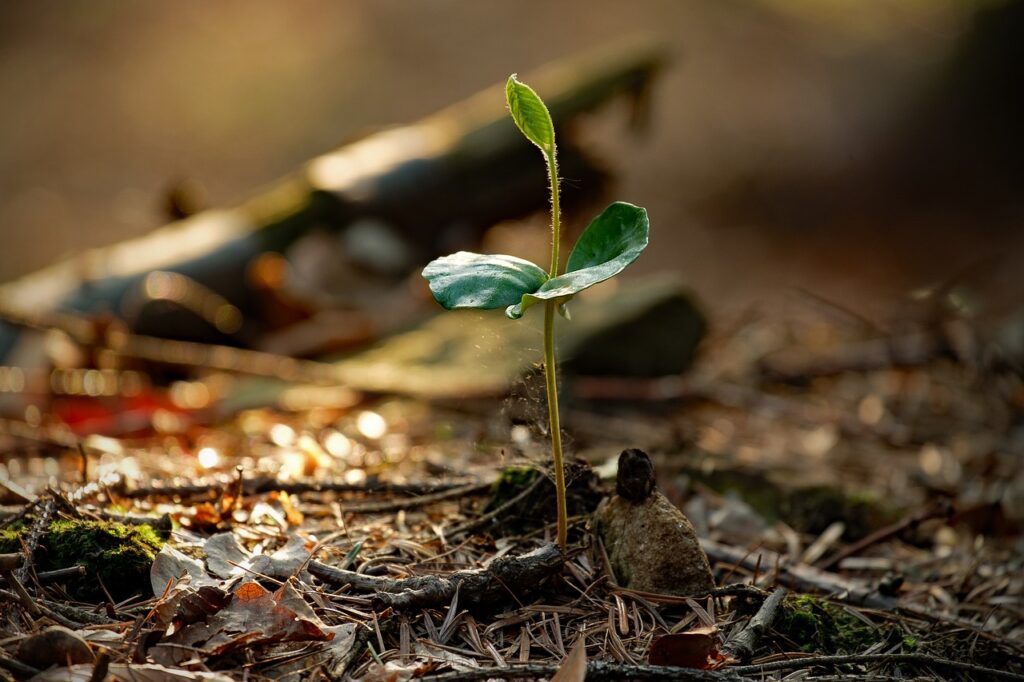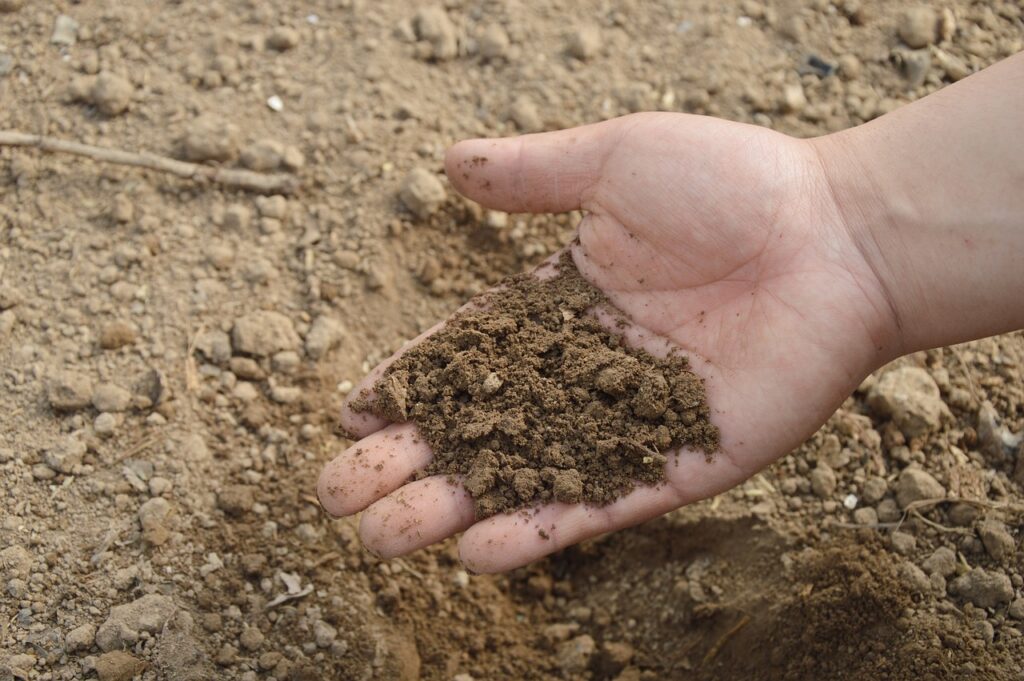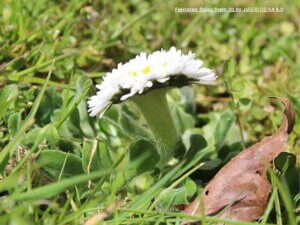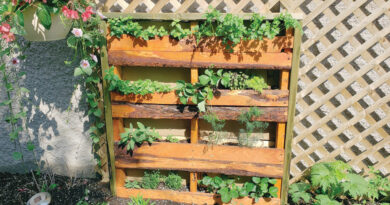Garden Primer: All about fertilizer
Plants require macro nutrients, of which the big three in most fertilizers are nitrogen, phosphorus and potassium, followed by calcium, iron, magnesium and sulphur, along with a long list of micro nutrients such as copper, zinc, manganese, boron, molybdenum, chlorine and nickel and, it is suspected, others in amounts so small that we haven’t yet detected them. So while commercial fertilizers contain “N-P-K” (nitrogen, phosphorous and potassium) plants really do better when they are able to process trace elements from the soil.
Fertilize when plants are in strong growth mode, then back off as they mature. For perennials, this would be the end of July, early August to allow the plant to begin getting ready for winter. Hot house annuals should be fertilized right to the end of summer. A half-strength dose of fertilizer every time you water is okay for these annuals.
If it’s cloudy, wait. Plants need warmth and sunlight to process the products you are feeding them. Potted plants can develop a build-up of mineral salts from fertilizing in periods of low light or cold weather.
A balanced fertilizer, where all three numbers are equal, will give you good results. What do all those numbers mean? N is for nitrogen, the first number on the list. Nitrogen promotes leafy growth. As mentioned, it is readily leached through the soil and needs to be replenished the most. However, take care with fruiting plants such as tomatoes. Too much nitrogen can result in a leafy but barren plant. The P in the list stands for phosphorus, which promotes fruiting and flowering as well as strong roots.
Finally, K stand for potassium or potash and this is the nutrient that provides overall health and vigour.
Don’t over-fertilize. Not only can you burn the plant’s roots causing it to wither and die, but you’re probably wasting money, at least on the nitro-gen, which leaches away. To be safe, just follow the product directions.
The secondary macro nutrients are usually present in your soil, but they need organic or carbon-based materials to promote the growth of fungi and other microorganisms to help break them down into chemicals the plant can process.
The more growth, the more watering you will need to do and aphids love nice juicy new growth. So does powdery mildew.
You can keep pouring the old N-P-K to the soil, or you can amend your soil with compost, decayed horse manure, dead leaves, and let nature take its slower but much surer course.













